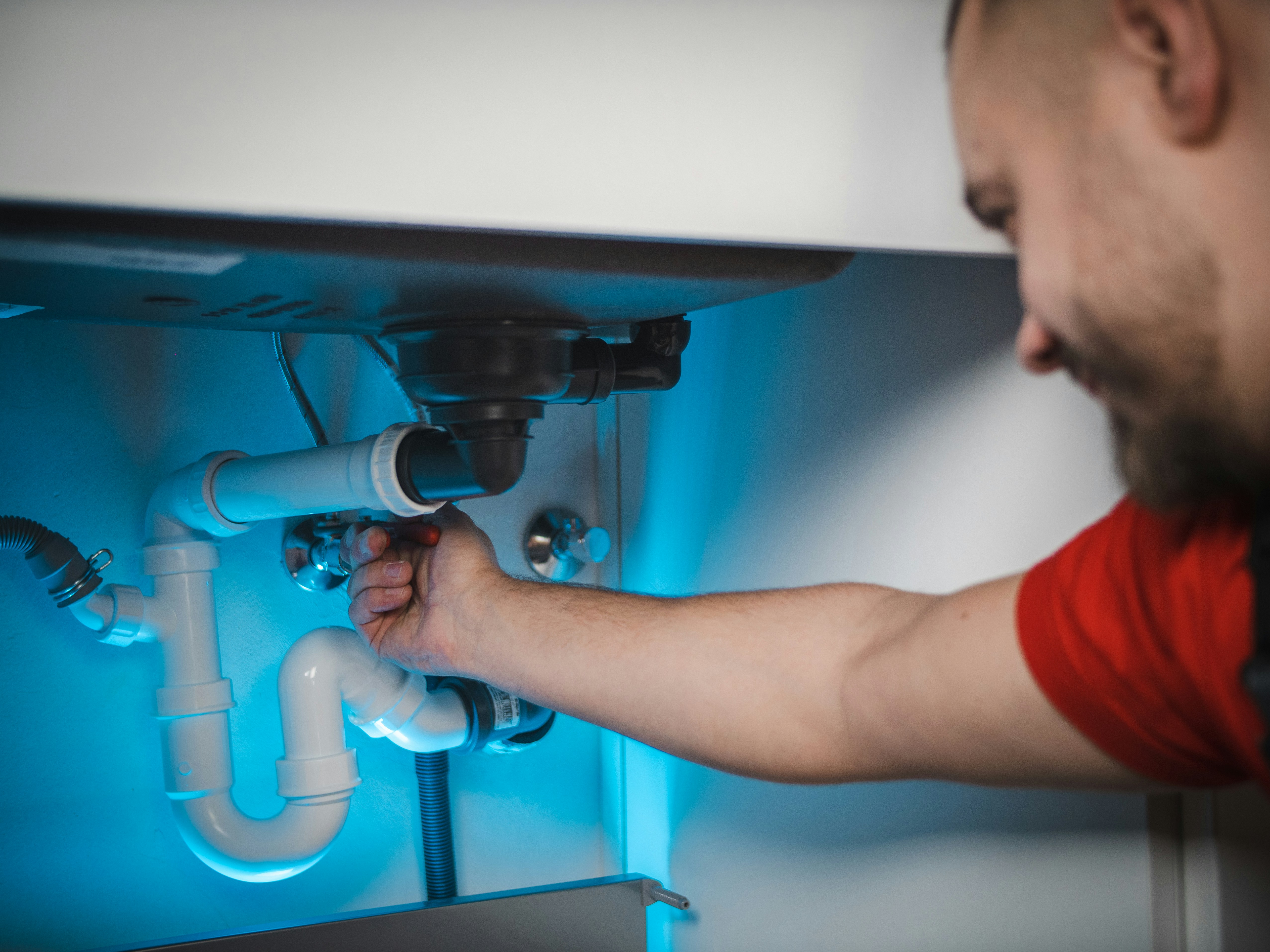How to Fix Water Damage Under Sink
Last Updated on 13 October 2025

Understanding how to fix water damage under sink areas is crucial for homeowners. Proper maintenance and timely repairs can prevent extensive damage and costly insurance claims.
Homeowners often encounter water damage under sinks due to leaks or plumbing issues. Addressing these problems promptly is essential to avoid further complications. By learning how to fix water damage under sink areas, you can protect your home from structural damage and mold growth. Professional guidance, such as from a public adjuster in Boca Raton, can also assist in managing any insurance claims that arise from severe damage.
Identifying Water Damage Under the Sink
Water damage under sinks can result from various issues, including leaky pipes, loose fittings, or worn-out seals. These problems can cause immediate damage, such as warped cabinetry or water-stained walls. Over time, unchecked leaks may lead to mold growth and further structural issues, increasing repair costs significantly.
Early detection is key to minimizing damage. Regularly inspect the area under your sink for signs of leaks, such as dampness, discoloration, or a musty odor. Recognizing these signs early can help you address the issue before it escalates, saving time and money.
Another crucial aspect of identifying water damage is understanding the different types of water that may be causing the problem. Clean water from supply lines poses less risk than grey water from dishwashers or black water from sewage backups. Each type requires different safety precautions and cleaning approaches. Look for water stains that form rings or dark spots, bubbling paint or wallpaper, and any signs of wood swelling or delamination. Using a moisture meter can help detect hidden water damage that isn’t visible to the naked eye.
Steps to Fix Water Damage Under Sink
Fixing water damage under a sink involves several steps. First, identify the source of the leak and shut off the water supply to prevent further damage. Next, dry the affected area thoroughly using towels or a dehumidifier to prevent mold growth.
Once the area is dry, repair or replace any damaged components, such as pipes or seals. If the cabinetry is affected, you may need to sand and refinish the wood or replace it entirely. Documenting the damage with photos can be helpful if you need to file an insurance claim later.
After addressing the immediate water damage, it’s essential to check for secondary issues that may have developed. Inspect nearby electrical outlets and wiring for potential hazards, and examine adjacent walls and flooring for signs of water migration. Use antimicrobial treatments on affected surfaces to prevent mold growth, particularly in corners and joints where moisture tends to linger. For wooden cabinets, consider applying a water-resistant sealant after repairs to protect against future water exposure.
When to Seek Professional Help
While minor repairs can often be handled by homeowners, more extensive damage may require professional assistance. If you’re unsure how to proceed or if the damage is severe, consulting with a professional plumber or a public adjuster can be beneficial.
Involving a public adjuster in Boca Raton can streamline the claims process if you decide to file an insurance claim. These experts understand the intricacies of policy terms and can negotiate with insurers to ensure fair settlements.
Preventing Future Water Damage
Preventing water damage under sinks involves regular maintenance and inspections. Check for leaks periodically and ensure that all plumbing connections are secure. Replacing worn-out seals and fittings can prevent future leaks.
Additionally, familiarize yourself with your home insurance policy’s coverage for water damage. This knowledge will empower you during negotiations with insurers if a claim becomes necessary. Consulting with Peoples Insurance Claim Center (PICC) can also provide additional support and resources for managing claims effectively.